5 Shipping Container Roof Maintenance Tips
 Marissa Morin | Mar 24, 2021
Marissa Morin | Mar 24, 2021
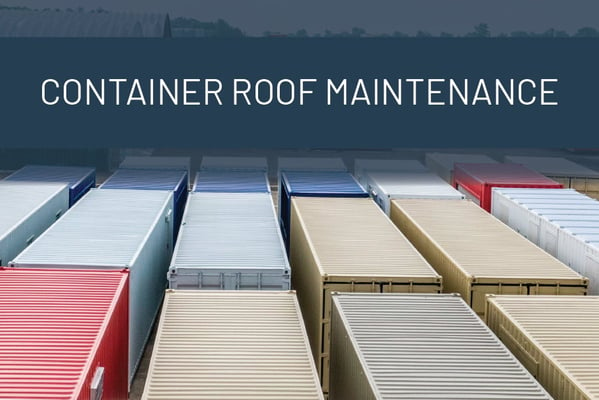
It’s true that shipping containers often live long and useful lives – many repurposed containers last more than 25 years on a job site! But to ensure this longevity, it’s important to maintain a shipping container by paying special attention to the container roof, as well as shipping container drainage overall.
Over long periods of time, standing water can take its toll on a container rooftop. Therefore, we recommend you maintain your container – and its metal roof – to ensure it will last for many years to come by following these five tips.
Shipping Container Rooftop Tips
- Purchase your container from a reputable source
- Don’t alter the existing shipping container roof system
- Avoid putting too much weight on the roof
- Remove standing water, ice, and snow
- Remove visible dirt, debris, and rust
- Purchase Your Container from a Reputable Source
1.) Purchase Your Container from a Reputable Source
Today, thousands of shipping containers are available for purchase in the market so it’s important to investigate the quality of the container and the capabilities of the modification manufacturers before committing. Make sure the container is in good condition by checking the age of the container and whether it has significant damage. Also determine whether it can be modified according to your needs.
Here at Falcon, we carefully select which containers we use, most often opting for one-trip containers at varying sizes while providing a 1-year warranty on parts and workmanship.
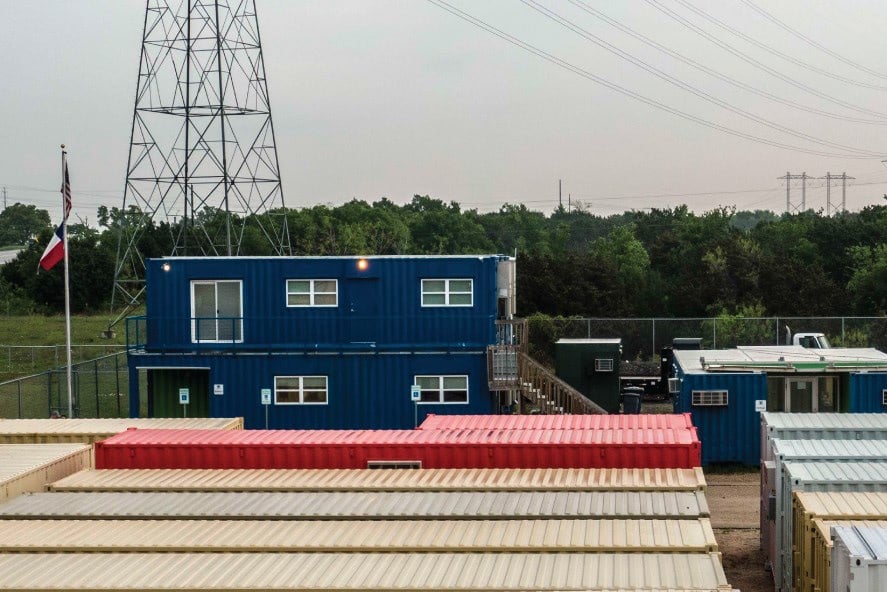
2.) Don’t Alter the Existing Shipping Container Roof System
Traditional buildings have sloping roofs to allow for drainage from rain and snowfall. The slope is created to help prevent standing water from pooling and warping the structure underneath. Shipping container roof trusses, on the other hand, are convex and made to shed water but not as much as a sloped roof.
Does this roof style make shipping containers inadequate as modified structures? Not at all; pre-engineered container roofs are specially made to maintain structural integrity; to change the slope of a container roof would alter the safety of the structure. Comparatively, the container roof and side walls are made from corten steel which doesn’t warp under standing water like traditional roofs.
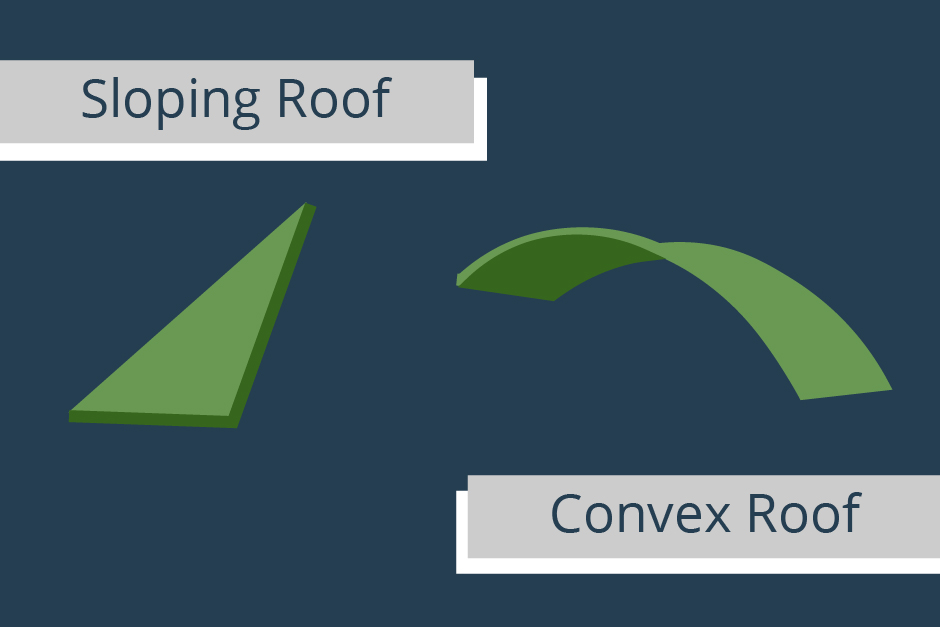
3.) Avoid Putting Too Much Weight on the Container Roof
It’s the corner castings – the reinforced corners of the container – and not the roof, that are responsible for the structural integrity of a shipping container. So, if you walk across the roof or store heavy items on top of your container it will flex. If rooftop access or storage is needed, a supplier or manufacturer should reinforce the roof, which will allow the roof to be utilized as desired.
Falcon Structures uses ISO certified shipping containers, meaning they must meet strict roof rigidity and strength requirements. If you suspect your container roof will need to be load bearing, talk with your shipping container vendor to determine whether any reinforcements will be required.
4.) Remove Standing Water, Ice, and Snow from the Roof
Although shipping container roofs are resilient, the best practice is to remove standing water, ice, and snow that can accumulate on the roof for extended periods of time. If standing water is ignored for too long it may lead to mold, rust, thinning metal, or moisture intrusion.
After weather events, be sure to clean off the roof as soon as possible. Because the roof does not have a pitch – or an angular slope – water may accumulate. At Falcon Structures, we use an environmentally-friendly water-resistant paint that is equivalent or better at preventing rust compared to oil-based paint systems.
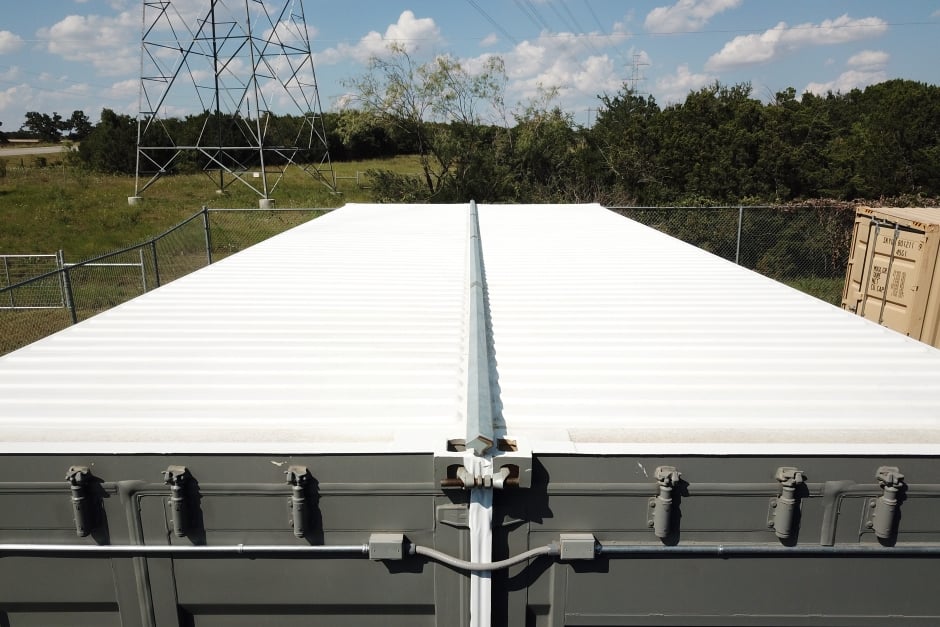
5.) Remove Visible Dirt, Debris, and Surface Rust
Use a commercial wetting agent, mild bleach, or anti-mildew solution along with a water hose and broom to release rust and dirt. Call a professional to repair large dents, scratches, rust spots, and holes and to repaint the container as needed. Not addressing these issues could lead to further damage that threatens the structural integrity of the container roof and lead to water damage to the interior and its contents.
Interested in the complete 10-Step Maintenance Guide to help you maintain your shipping container? Download this free, helpful guide.
If you have questions about shipping container maintenance or if you would like to discuss a new cost-effective application, contact us at 877-704-0177 or email us at Sales@FalconStructures.com. One of our Falcon sales representatives will be happy to help.
SUBSCRIBE
THINK INSIDE THE BOX®
WITH OUR BLOG
Get everything from shipping container basics, to detailed how-tos and industry news in our weekly blog. Stay inspired and subscribe!
RELATED BLOGS
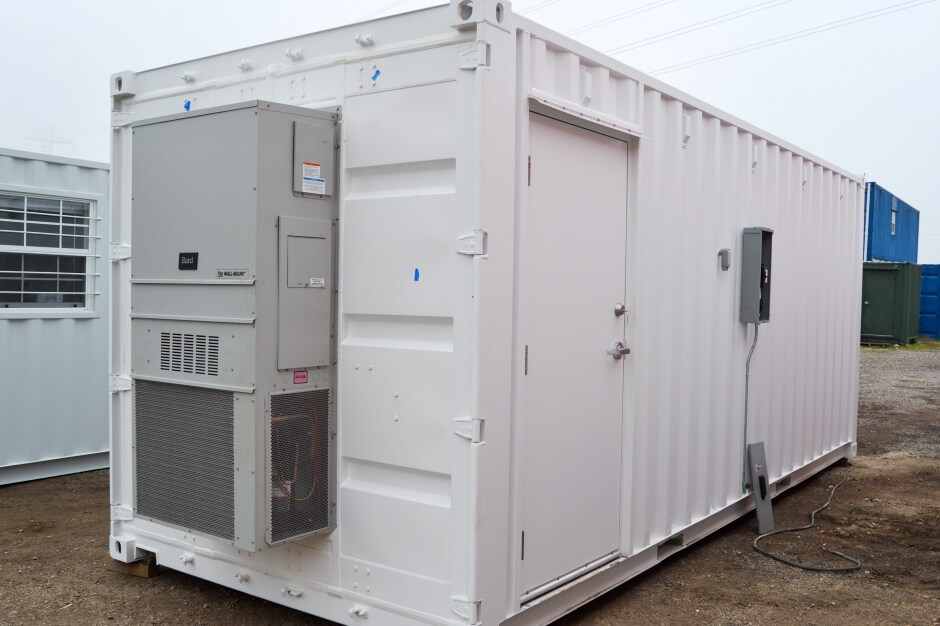
The Ideal Shipping Container Server Room Design
Marissa Morin | Aug 3, 2022 | 3 min read
READ MORE
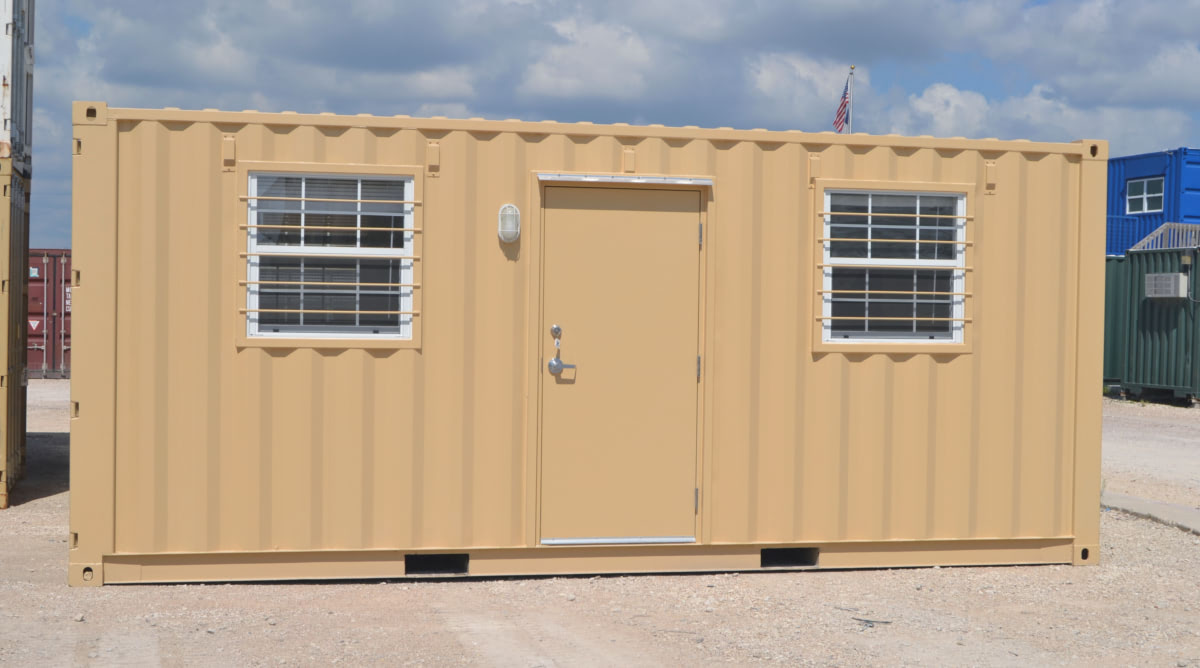
Same Floor Plan, Different Solution: The Many Uses of a 20ft Container
Marissa Morin | Oct 26, 2022 | 3 min read
READ MORE

How Hy-Vee Utilizes Shipping Container Grocery Store Storage Rooms
Marissa Morin | Feb 3, 2021 | 3 min read
READ MORE
